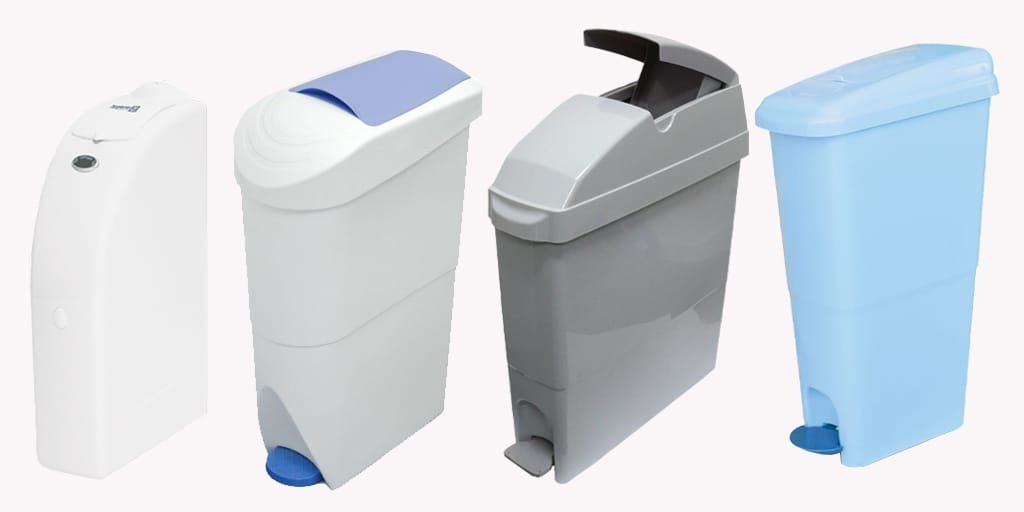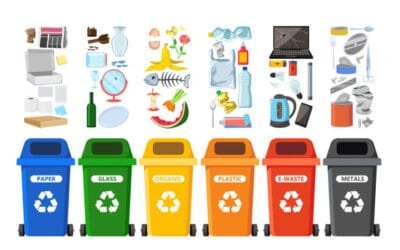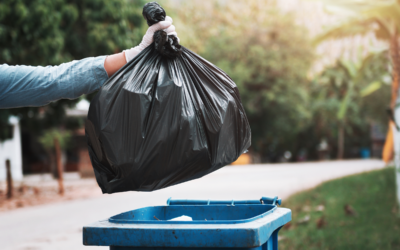Introduction
Using a sanitary bin might seem like a small act, but it carries huge significance in promoting hygiene, privacy, and environmental responsibility. Whether you’re a first-timer or just want to ensure you’re doing it right, this guide walks you through the ins and outs of using sanitary bins respectfully and correctly.
Why Sanitary Waste Disposal Matters
Let’s face it—no one wants to deal with clogged toilets, bad odors, or unsanitary restrooms. Sanitary bins are the unsung heroes of menstrual and incontinence waste management. They:
- Protect plumbing
- Promote privacy
- Help maintain a clean environment for everyone
Common Misconceptions About Sanitary Bins
- Myth: They’re just regular trash cans
Reality: Sanitary bins are specially designed for feminine hygiene waste, often equipped with features to control odor and bacteria.
What Are Sanitary Bins?
Sanitary bins are containers placed in toilet cubicles for disposing of pads, tampons, and liners. They are:
- Slim and discreet
- Lidded to trap odors and bacteria
- Designed for shared restroom spaces
Types of Sanitary Bins Available
Manual vs. Automatic
- Manual: Requires a foot pedal or lid to be lifted
- Automatic: Sensor-based for touchless, hygienic use
Pedal-Operated vs. Touchless
- Pedal: Reduces hand contact
- Touchless: Opens via motion sensor—ideal for high hygiene standards
Legal and Health Obligations
Workplace and Public Space Regulations
In many countries, it’s a legal requirement to provide sanitary disposal options in public or workplace restrooms.
Hygiene and Safety Standards
Proper disposal methods help:
- Minimize contamination
- Support public health
- Meet occupational safety guidelines
Where You’ll Find Sanitary Bins
Common Locations
- Women’s and unisex restrooms
- Offices and schools
- Shopping centers and hospitals
Placement Best Practices
- Inside each stall
- Within arm’s reach of the toilet
Step-by-Step Guide: How to Use Sanitary Bins Properly
- Wrap the Used Product
Use toilet paper or the wrapper from a new product. - Avoid Flushing!
Pads and tampons should never be flushed. - Use the Bin Lid Mechanism
Step on the pedal or wave over the sensor. Avoid touching the lid directly. - Dispose Respectfully
Gently place the wrapped product in the bin—don’t cram or toss. - Sanitize Your Hands
Always wash or sanitize your hands afterward.
Etiquette and Consideration
- Be Discreet: Wrap neatly and leave the bin tidy for the next user.
- Don’t Overfill: Alert staff if the bin is full. Use a backup if available.
What NOT to Do With Sanitary Bins
- ❌ Don’t flush sanitary products
- ❌ Don’t put food wrappers, gum, or general trash in the bin
For Business Owners: Providing Sanitary Bins
Why It’s Essential
Offering sanitary bins:
- Promotes inclusivity
- Meets health regulations
- Enhances workplace dignity
Hiring a Waste Management Service
Outsourcing to sanitary service providers ensures:
- Regular emptying
- Professional cleaning
- Legal compliance
Cleaning and Maintenance
Who’s Responsible?
Usually, janitorial or facility management staff.
How Often Should Bins Be Emptied?
- Daily in high-traffic areas
- Weekly for lower-use spaces
Overflow is a hygiene risk.
Eco-Friendly Sanitary Disposal Options
- Recyclable Bins: Made from sustainable materials
- Green Disposal Services: Compostable or carbon-neutral options available
Education and Awareness
Teaching Teens and First-Time Users
Schools should:
- Provide simple instructions
- Use signs to guide proper use
Encouraging Public Hygiene
Accessible bins and clear signage build public confidence and encourage responsible behavior.
Cultural and Social Sensitivity
Ending the Taboo
Periods are natural. Sanitary bin use should be normalized, not hidden or shamed.
Promoting Open Conversations
Education and dialogue reduce embarrassment and promote healthier practices.
Conclusion
Sanitary bins are more than containers—they’re vital tools for hygiene, dignity, and inclusivity. When used correctly, they help maintain clean restrooms, protect the environment, and support public health. Whether you’re a user or provider, a little awareness goes a long way.
FAQs
Can I throw tissues into a sanitary bin?
Yes, but in moderation. Tissues used to wrap sanitary products are okay, but don’t use the bin as a general trash can.
What happens to waste inside sanitary bins?
Specialist companies collect and dispose of the contents following hygiene and environmental guidelines, often through incineration.
Are sanitary bins only for periods?
Nope! They’re also used for incontinence products, panty liners, and other personal hygiene items.
What if the bin is full?
If it’s in a public or office restroom, report it to the management or cleaning staff. Don’t force more items in.
Do I need to use a sanitary bin at home?
Not necessarily, but having a covered bathroom trash can with a liner is a good alternative for sanitary disposal at home.




0 Comments